Ubud is an inspiring place in Bali, renowned for its picturesque rice terraces, temples, and a unique creative atmosphere. This small town in the jungle has become a center of Balinese crafts and art, attracting artists, craftsmen, and culture enthusiasts from all over the world.
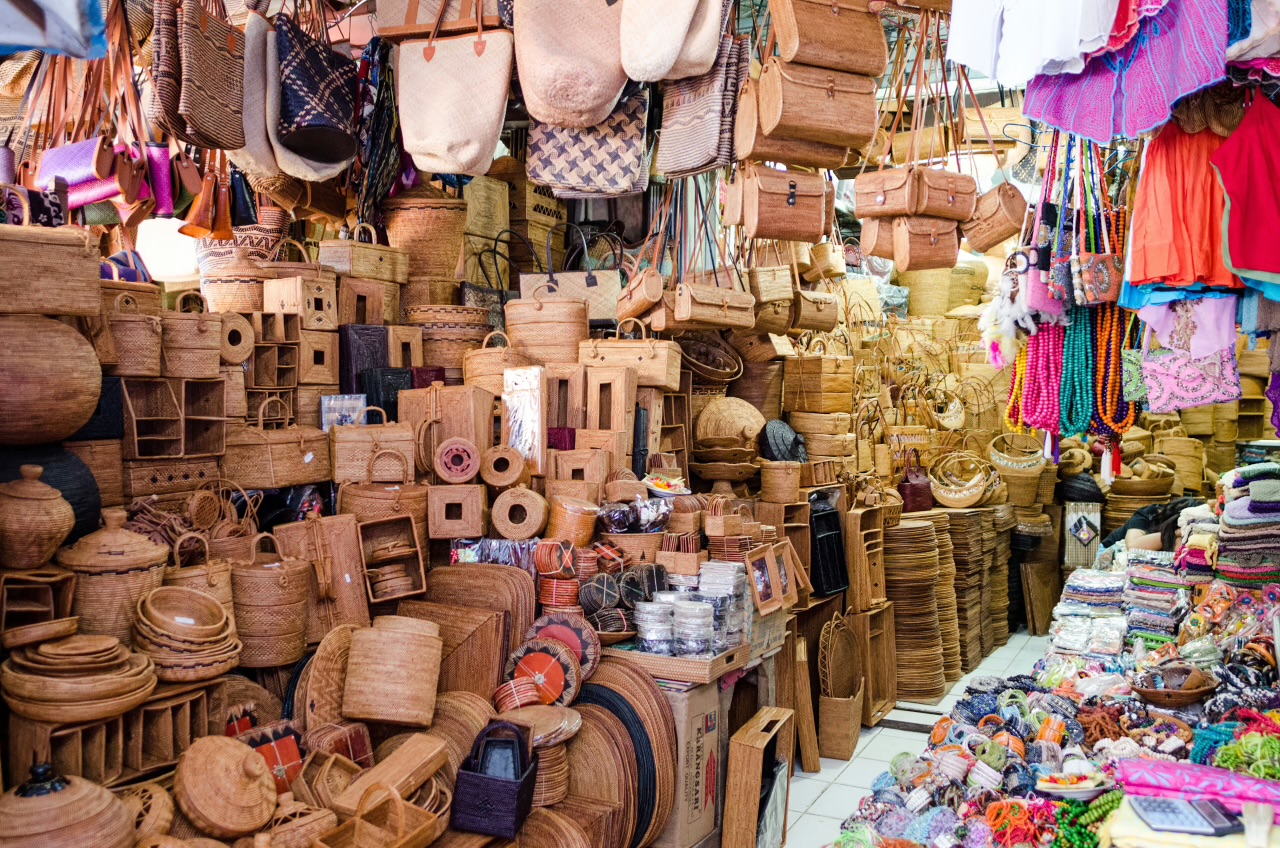
Traditions and art are passed down here from generation to generation for centuries. Here are the main directions that are particularly interesting.
Wood Carving
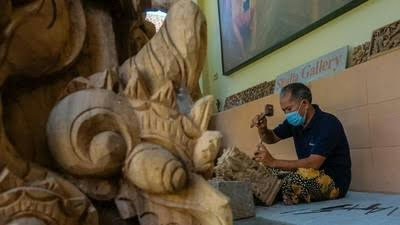
Ubud is famous for its wood craftsmen, especially in the villages of Mas and Teges. They create traditional Balinese masks for dances and ceremonies, statues of gods and spirits, and decorative panels with the finest hand-carving.
Local craftsmen produce astonishingly detailed sculptures — from depictions of Balinese gods to modern abstractions. Every item carries a spiritual significance; these are not just souvenirs but a part of Bali's religious and cultural life.
Weaving and Carving of Coconut and Bamboo
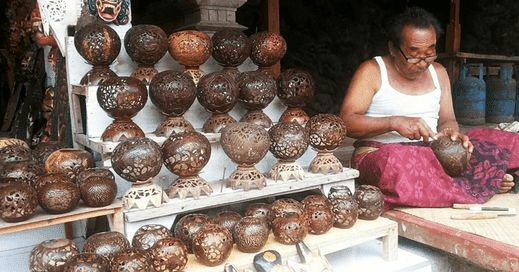
In the hands of skilled Balinese craftsmen, a coconut shell can be transformed into beautiful household items, accessories, and pitchers. It is common to find coconut shell products adorned with various carved motifs.
These coconut shell carvers can be easily found along the road to Mount Kawi on the right and left sides of the steps leading to the mountain.
Prices for items range from 50,000 to 100,000 IDR, with some reaching up to 1 million IDR, depending on size, detail, and complexity of the carving. You can also see the process of making a product firsthand.
To purchase coconut crafts, you can visit the Tampaksiring area.
Local craftsmen also create furniture, baskets, decorations, and even musical instruments from natural materials, coconut, and bamboo.
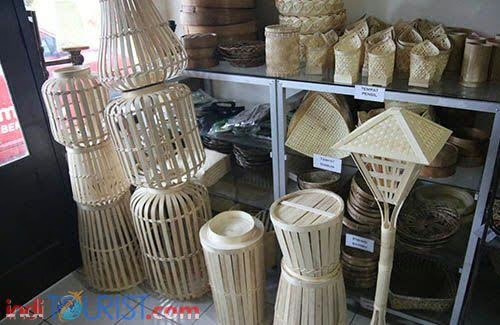
Carved Balinese masks, which have various shapes and expressions, from human faces to spiritual beings, are also crafted as souvenirs.
These products are not only beautiful but also environmentally friendly.
Location
Phone number "Bambu kreatif shop":
0812-1652-6159.
Location
Phone number "Bambu kreatif shop":
0812-1652-6159.
Batik and Ikat — Fabric Dyeing
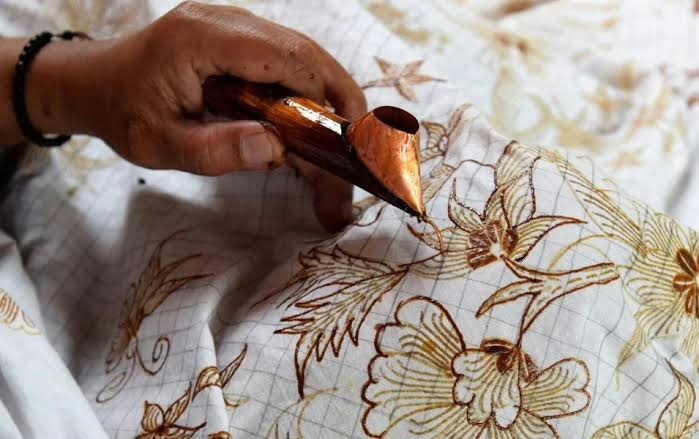
Batik is the art of painting on fabric using wax, and ikat is a technique where threads are dyed before weaving.
In Ubud, you can see how craftswomen manually apply ornaments, participate in a workshop, and buy scarves, pareos, tablecloths with unique designs.
Fabrics are used not only for clothing but also as interior elements. In Ubud, you can find numerous galleries showcasing batik artworks, combining traditional ornaments with modern motifs.
It is especially worth visiting the Threads of Life project, which supports traditional weaving from different Balinese villages.
You can purchase products at popular batik and ikat markets: IKATBATIK Ubud Main Road.
Phone number: +62 812-3938-6979.
Instagram
Phone number: +62 812-3938-6979.
If you wish to sign up for painting lessons on fabrics or learn batik making, you can visit the official website
Jewelry Making
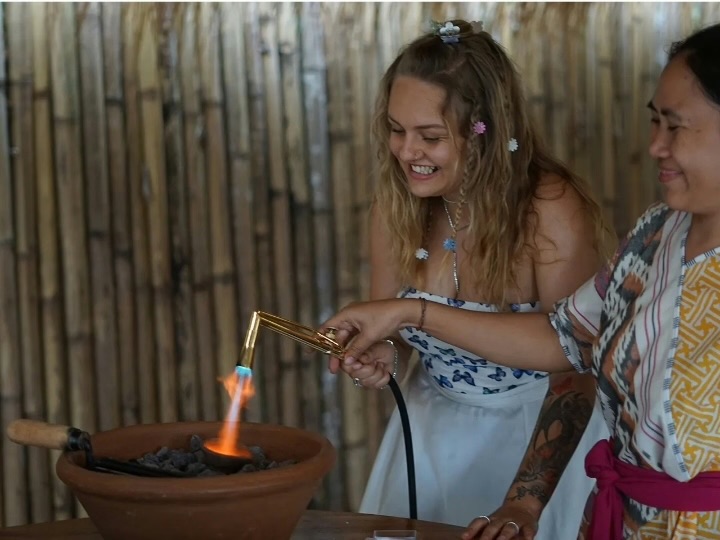
In Ubud, jewelry making, weaving, and ceramics are actively developing. At local markets and in art villages such as Mas, Celuk, and Pengosekan, you can not only purchase items but also watch the creation process.
You can take a mini-course and make your own jewelry.
Location of one of the workshops in Ubud.
You can take a mini-course and make your own jewelry.
Location of one of the workshops in Ubud.
In Celuk village, there are dozens of jewelry workshops. They make rings, earrings, pendants with traditional motifs, jewelry with precious and semi-precious stones, and unique pieces that can be custom-made.
Pottery and Ceramics
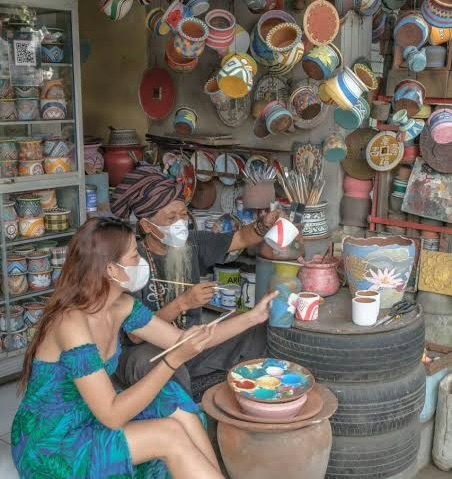
In Ubud and its surroundings, there are studios where handmade ceramics are crafted — from simple tableware to decorative elements. Clay here is like a canvas, and the products often combine modern design with traditional forms.
Painting and Mask Making
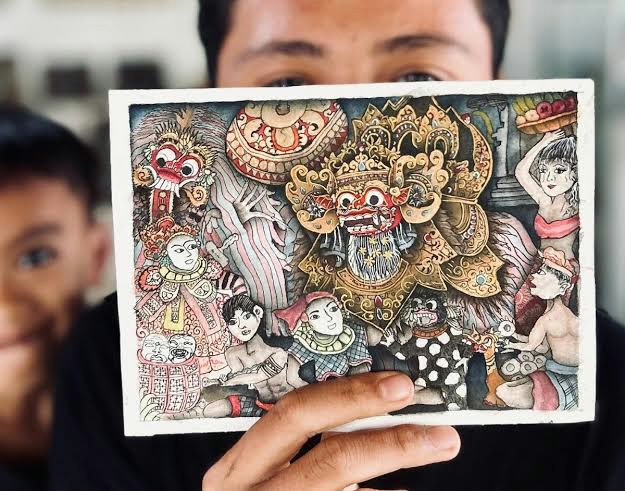
Painting also plays a crucial role in Ubud's life. The "Ubud art school" style originated in the 1930s under the influence of Western artists and local traditions. Paintings often depict scenes from everyday life, mythology, and the island's nature.
In the village of Pengosekan, entire generations of artists live. They create traditional paintings and vibrant masks for dances and rituals, carved and painted by hand.
Why Ubud's Crafts Are Interesting
Ubud is not just a tourist destination but a living organism where craft and art are intertwined with daily life. Every visitor here will find inspiration and an opportunity to immerse themselves in Balinese culture.
You can visit workshops, art studios, see the entire process — from preparation to the final product, talk to the craftsmen, ask questions, and make a unique, authentic souvenir with your own hands.
You can visit workshops, art studios, see the entire process — from preparation to the final product, talk to the craftsmen, ask questions, and make a unique, authentic souvenir with your own hands.
Art Galleries and Museums
Museum Puri Lukisan – the oldest art museum in Bali, dedicated to traditional Balinese painting and wood carving. A great place to understand how local art has developed since the early 20th century.
Museum Puri Lukisan: (0361) 971159.
Agung Rai Museum of Art (ARMA) connects traditional and contemporary Balinese art. It displays works by local masters and renowned foreign artists who have worked in Bali, including Walter Spies and Antonio Blanco.
Museum Seni Agung Rai: (0361) 976659.
The Blanco Renaissance Museum – an eccentric and colorful museum dedicated to the artist Antonio Blanco, who lived and worked in Ubud. The building itself resembles a palace, and the works are a mix of romance, eroticism, and Eastern aesthetics.
The Blanco Renaissance Museum: (0361) 975502
Neka Art Museum demonstrates how Balinese tradition adapts in the modern world. Here you can see paintings, installations, photographs, and even video art by young Balinese and international artists.
Neka Art Museum: +62 813-3842-4036.
Ubud Art Collective — a group of artists creating a vibrant creative environment.
UBUD BALI ART: +62 821-4559-0150.
Threads of Life — a project dedicated to preserving traditional weaving and natural fabric dyeing. Here you can watch craftswomen at work and even participate in the process.
Threads Of Life: (0361) 972187.
Dance and Theatre as Art Forms In Ubud, dance is not just a show but a deeply symbolic form of art. Performances are often accompanied by live gamelan music, use traditional masks and historical plots. You can see:
Kecak — a dance without musical instruments, where the entire rhythm is created by men's voices.
Legong — a graceful female dance with sophisticated choreography.
Wayang Kulit — a shadow theatre with leather puppets, accompanied by epic stories from the "Ramayana" or "Mahabharata".
Kecak & Fire Dance - Ubud Kaja at Pura Dalem Ubud: +62 853-3351-6677.
In the workshops of Ubud, you can not only watch but also create unique souvenirs, paint, dye batik, and more.
Local studios offer masterclasses in:
✓ painting on canvas or fabrics;
✓ pottery;
✓ silversmithing;
✓ jewelry making;
✓ wood or coconut carving;
✓ mask and batik making.
Ubud warmly invites you to immerse yourself in the world of art and creation of beauty to gain a deeper understanding of Balinese creativity, traditions, and culture.

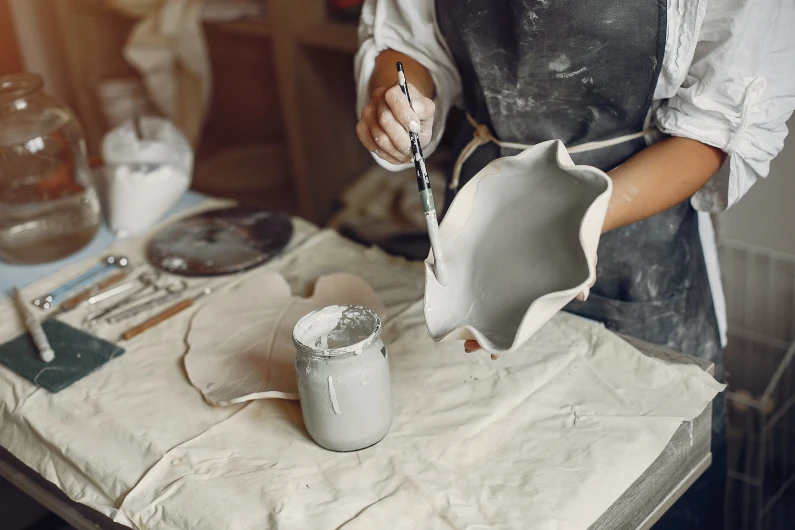
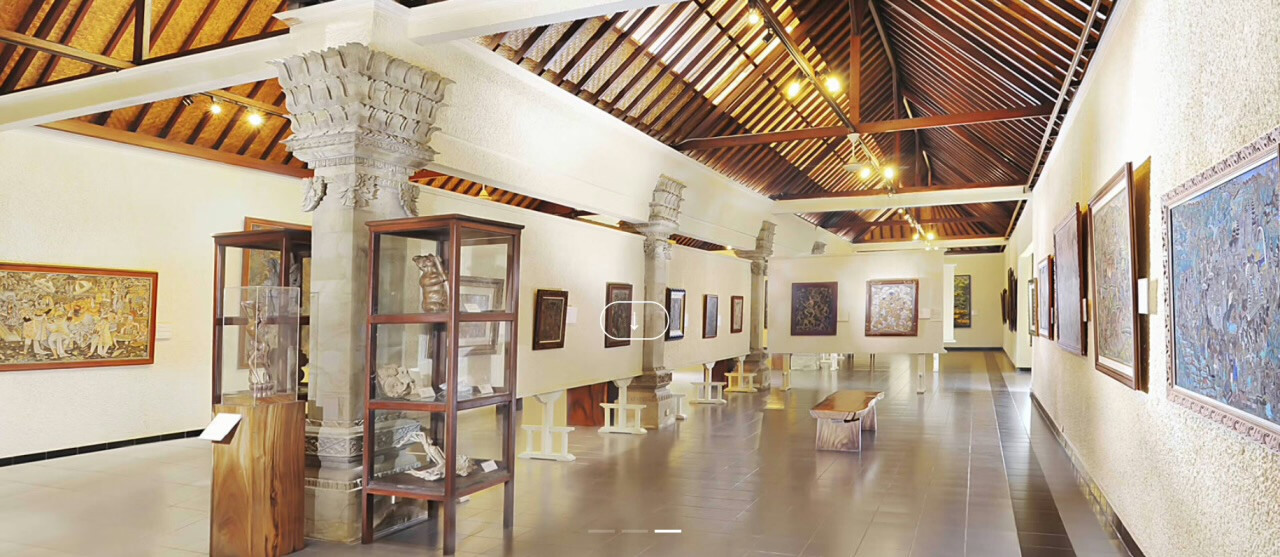
You can add one right now!